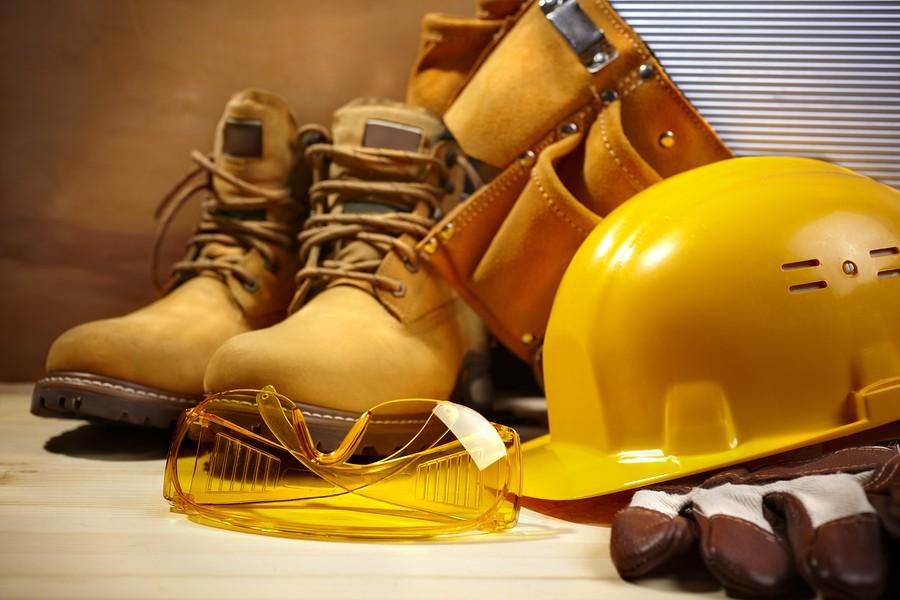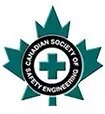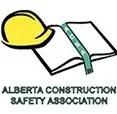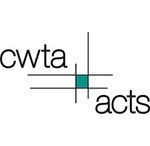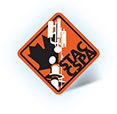Posted: Nov 7 '16
PPE - According to Law??
OHS Code, Part 18 Personal Protective Equipment states:
Duty to use personal protective equipment
228(1) If the hazard assessment indicates the need for personal protective equipment, an employer must ensure that
a) workers wear personal protective equipment that is correct for the hazard and protects workers,
b) workers properly use and wear the personal protective equipment,
c) the personal protective equipment is in a condition to perform the function for which it was designed, and
d) workers are trained in the correct use, care, limitations and assigned maintenance of the personal protective equipment.
228(2) A worker must
a) use and wear properly the appropriate personal protective equipment specified in this Code in accordance with the training and instruction received,
b) inspect the personal protective equipment before using it, and
c) not use personal protective equipment that is unable to perform the function for which it is designed.
So what does this all really mean? The Code was written in such as way that it protects workers at all levels, from the individual completing the work, to their immediate supervisor, to the employer signing the paycheques. It also means that should something go wrong, it's not just your employer who could end up in court facing charges, front line workers can as well.
Tips To Avoid Court, Fines and/or Jail
A Worker Must:
1. Use the equipment required, as determined by a Hazard Assessment, which you should have read/completed prior to beginning work
2. Inspect the equipment before EACH USE. After your lunch break, for example, inspect it again.
3. Refuse to use unsafe or incorrect equipment. For example, if your weight exceeds the weight specifications of the harness you were going to use, you must ask your employer for a different harness that meets your personal requirements.
4. Ensure your training is complete. Training may include a course, such as our
OSSA Fall Protection, followed by reading the manuals for the specific equipment located and used on your work site.
A Supervisor Must:
1. Ensure all employees are using the proper equipment, as determined by the
Hazard Assessment. If a Hazard Assessment specifies gloves are required, you are obligated to say something should you see someone working without them.
2. Verify or assist with training to ensure an employee is competent to use the PPE required.
3. Ensure the proper PPE is available. If you do not have authority for purchasing and you do not have the proper equipment, you must request it. If it is not provided you must refuse to perform the duties and also advise those you supervise to not perform their duties unless they have the proper PPE.
4. Verify and/or conduct before use and annual inspections on all equipment.
Employers
The best advice to an employer would be to ensure you understand the OHS Codes and legislation perfectly. Then ensure you abide by them 100%. There is nothing more unfortunate than a small business owner pouring blood, sweat and tears into a company that can end up bankrupt over one incident. Which is more expensive, the purchase of an additional harness for a larger worker, or your livelihood gone? If you would like a consultation on your PPE to ensure you are compliant, or if you need to purchase equipment,
contact us here at
MI Safety, we'd be happy to help you.
REQUEST INFO ON OUR COURSES
